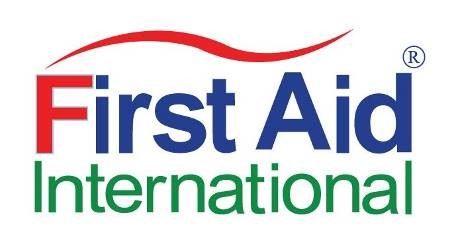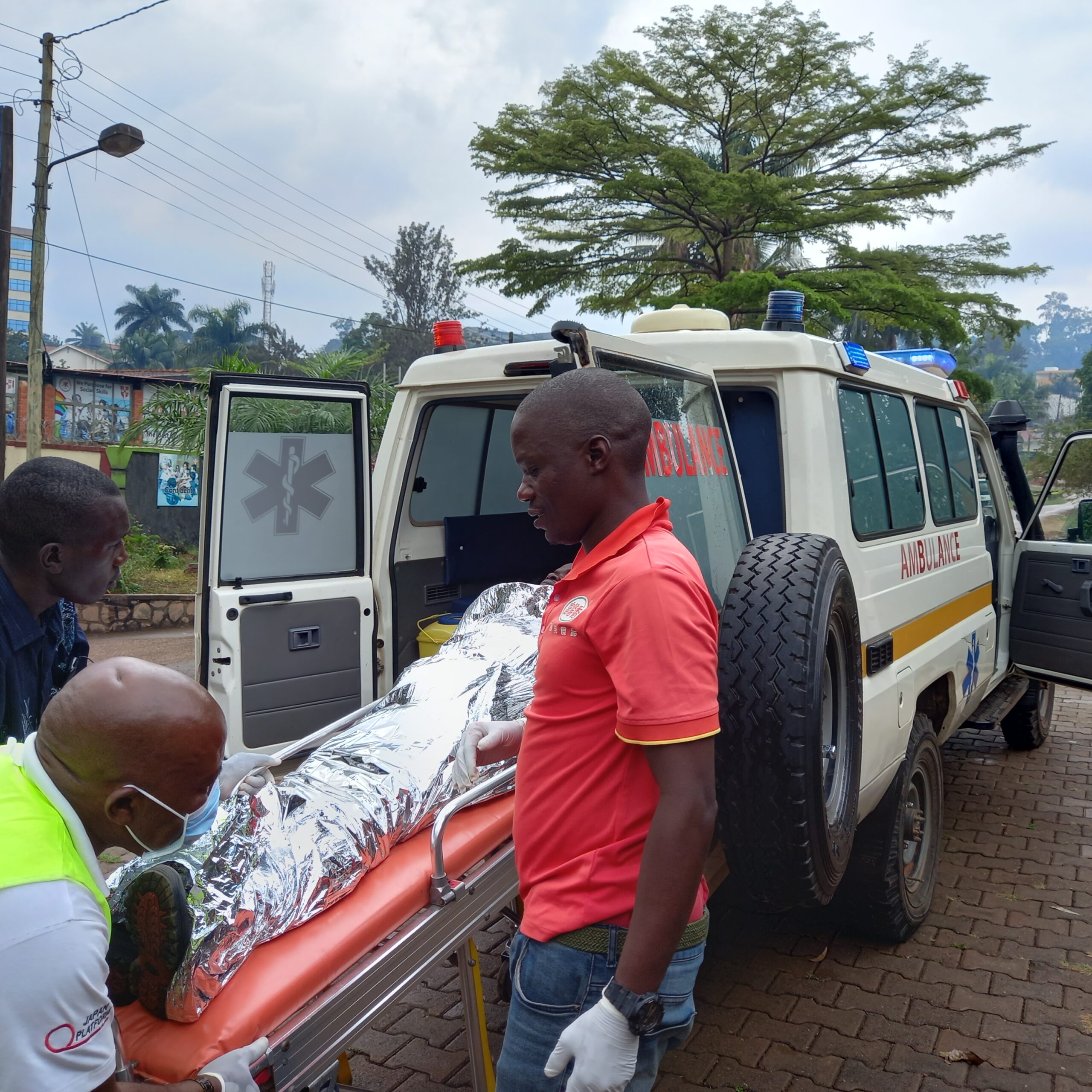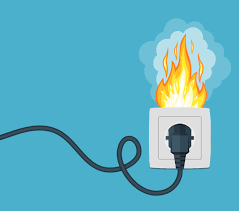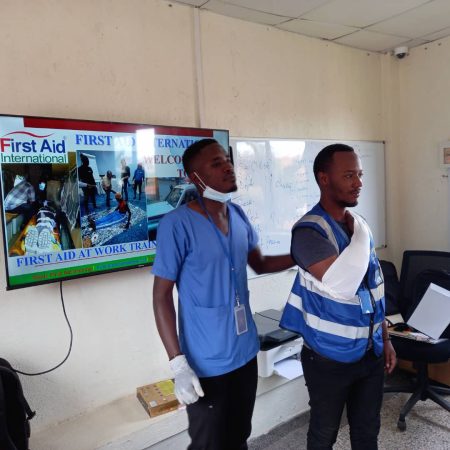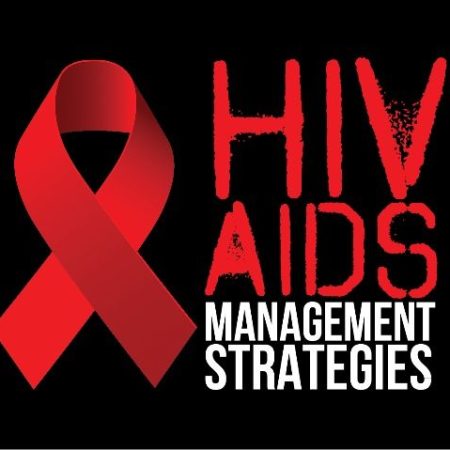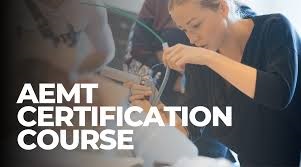COURSE DESCRIPTION
ATLS is a global course, teaching a systematic process of trauma care for patients with life-threatening injuries. Based on ATLS philosophies, these courses allow PHTLS-trained pre-hospital care providers to follow the same principles of care that are core to ATLS. This in turn creates a smooth transition of care to ATLS and ATCN-trained providers in hospitals. Our ATLS course follows the standard guidelines from the American College of Surgeons. The course is appropriate for Doctors, Nurses and other cadres with in the medical fraternity.
CERTIFICATION
Upon successful completion of the course, trainees are issued an internationally recognised certificate valid for 2 years.
LEARNING OUTCOMES
- Upon completion of this course, learners will be able to:
- Demonstrate the concepts and principles of the primary and secondary patient assessment
- Establish management priorities in a trauma situation
- Identify primary and secondary management necessary within the golden hour for the emergency management of acute-life threatening conditions
- Participate in a simulated clinical and surgical skills practicum where they will demonstrate skills that are often required in the initial assessment and treatment of patient with multiple injuries.
Course Outline
- Module 0: ATLS Overview
- Module 1: Initial Assessment and Management
- Module 2: Airway and Ventilatory Management
- Module 3: Shock
- Module 4: Thoracic Trauma
- Module 5: Abdominal and Pelvic Trauma
- Module 6: Head Trauma
- Module 7: Spine and Spinal Cord Trauma
- Module 8: Musculoskeletal Trauma
- Module 9: Thermal Injuries
- Module 10: Pediatric Trauma
- Module 11: Geriatric Trauma
- Module 12: Trauma in Pregnancy and Intimate Partner Violence
- Module 13: Transfer to Definitive Care
- Post-Module Assessment
- Course Evaluation
Course Features
- Lectures 76
- Quizzes 2
- Duration 55 hours
- Skill level All levels
- Language English
- Students 277
- Assessments Yes
Curriculum
- 15 Sections
- 76 Lessons
- 4 Weeks
Expand all sectionsCollapse all sections
- Post Knowledge Assessment1
- Pre Knowledge Assessment1
- Module 1. INITIAL ASSESSMENT AND MANAGEMENTRepeat the primary survey frequently to identify any deterioration in the patient’s status that indicates the need for additional intervention.8
- MODULE 2. Airway and ventilatory managementThe earliest priorities in managing the injured patient are to ensure an intact airway and recognize a compromised airway.4
- Module 3. ShockThe first step in the initial management of shock is to recognize its presence.O7
- Module 4. THORACIC TRAUMAThoracic injury is common in polytrauma patients and can be life-threatening, especially if not promptly identified and treated during the primary survey.6
- Module 5: ABDOMINAL AND PELVIC TRAUMAWhen uncontrolled or unrecognized, blood loss from abdominal and pelvic injuries can result in preventable death.6
- Module 6. Head traumaThe primary goal of treatment for patients with suspected traumatic brain injury is to prevent secondary brain injury.5
- Module 7. Spine and spinal 7 cord traumaBecause spine injury can occur with both blunt and penetrating trauma, and with or without neurological deficits, it must be considered in all patients with multiple injuries. These patients require limitation of spinal motion to protect the spine from further damage until spine injury has been ruled out5
- Module 8. Musculoskeletal traumaInjuries to the musculoskeletal system are common in trauma patients. The delayed recognition and treatment of these injuries can result in life-threatening hemorrhage or limb loss.6
- MODULE 9: THERMAL INJURIESThe most significant difference between burns and other injuries is that the consequences of burn injury are directly linked to the extent of the inflammatory response to the injury.8
- Module 10: PEDIATRIC TRAUMAInjury remains the most common cause of death and disability in childhood. Injury morbidity and mortality surpass all major diseases in children and young adults, making trauma the most serious public health and health care problem in this population.9
- Module 11: GERIATRIC TRAUMAWhen managing geriatric patients with trauma, the effects of aging on physiological function and the impact of preexisting conditions and medications cannot be overemphasized.4
- Module 12. Trauma in pregnancy and 12 intimate partner violenceAlthough pregnancy causes alterations in normal physiology and responses to injury and resuscitation, the sequence of the initial assessment and management of pregnant patients remains the same as for all trauma patients5
- Module 13. Transfer to definitive careThe decision to transfer a patient to another facility for definitive care is influenced by the identified and suspected injuries, the expected progression of these injuries, and the capabilities on hand to expeditiously diagnose and treat them, especially the potentially life-threatening injuries.3
